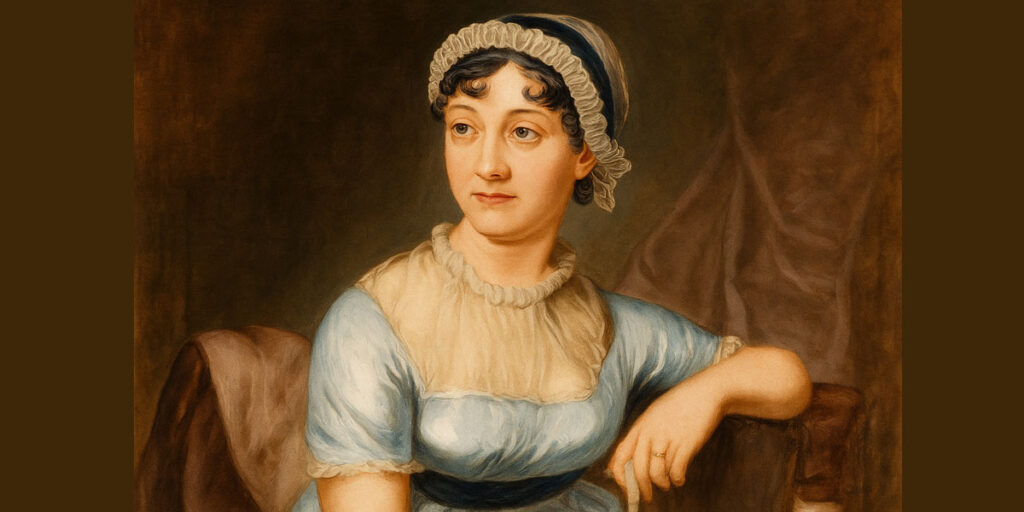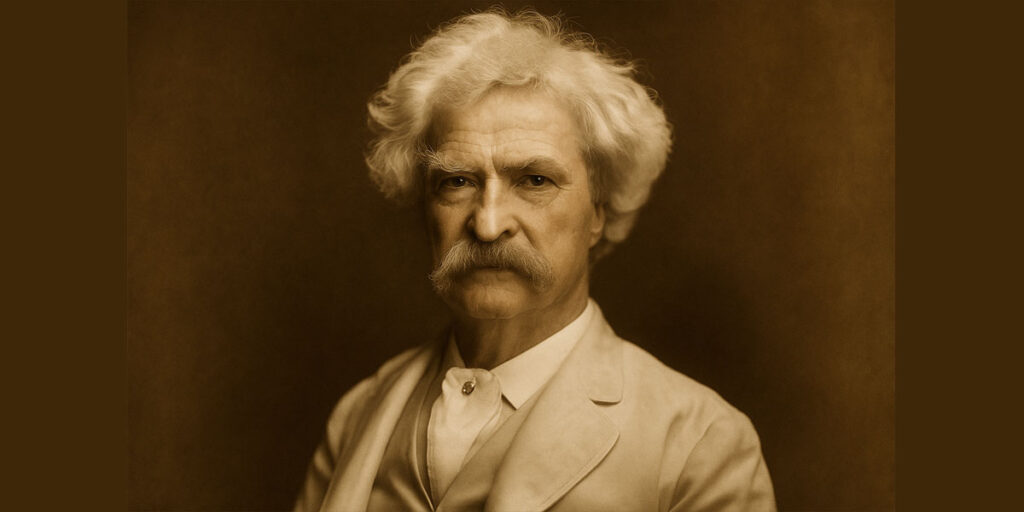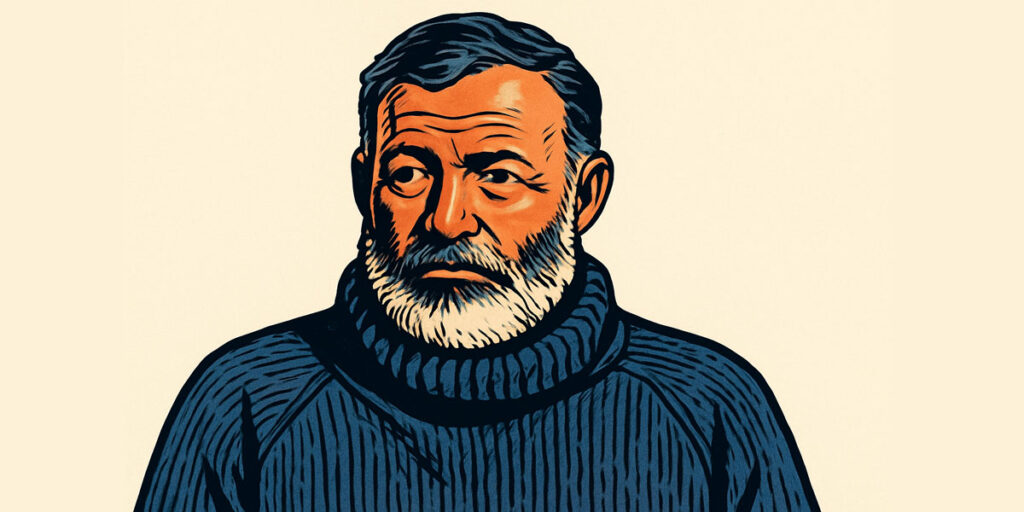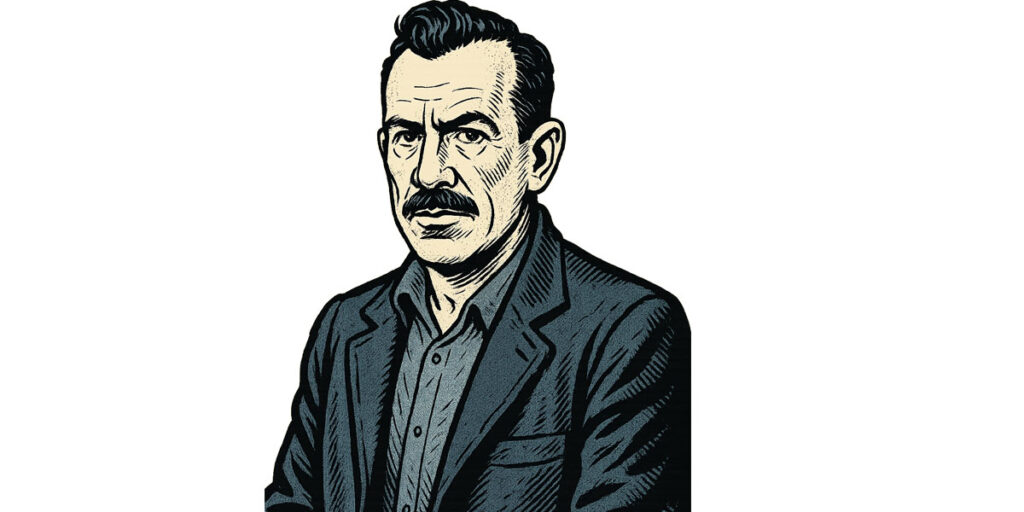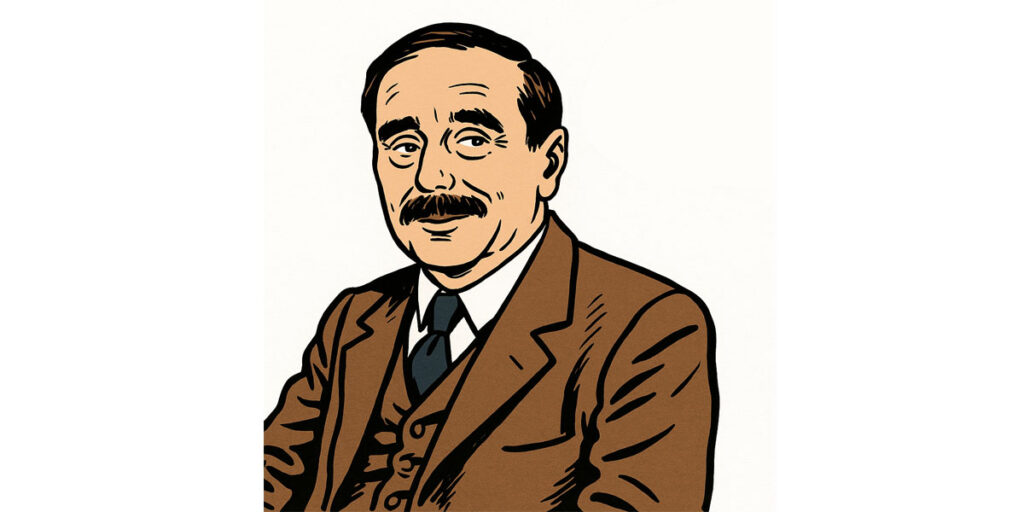Jane Austen: The Storyteller from Steventon, Hampshire, England
In the quiet village of Steventon, nestled in the rolling hills of Hampshire, England, a literary legacy was born that would echo through the centuries. Jane Austen, one of the most celebrated novelists in English literature, was born here on December 16, 1775. Her world was small—country lanes, rectory gardens, social teas, and village dances—but from this gentle life she crafted novels of sharp wit, deep insight, and enduring charm.
Jane grew up in a large, close-knit family. Her father, Reverend George Austen, was the rector of Steventon and provided his children with access to an extensive library. The parsonage was a modest yet lively place, filled with books, lively conversations, and theatrical home productions. Jane absorbed the nuances of social behavior from the parlor to the pulpit, and from the drawing rooms of neighboring estates. These observations laid the foundation for her gift of dissecting character and society with elegant precision.
It was in Steventon that Jane began writing. By the time she was a teenager, she was already penning satirical sketches and short novels for her family’s amusement. Her earliest complete works, like Love and Freindship [sic] and The History of England, were clever, playful, and bursting with youthful mischief. But as she matured, so did her writing. By her early twenties, she had completed drafts of what would become Sense and Sensibility, Pride and Prejudice, and Northanger Abbey.
Austen’s style is subtle yet biting. She did not write sweeping epics of war or politics. Instead, she wrote about women navigating the intricacies of courtship, inheritance, and moral growth. But beneath the surface, her novels are revolutionary—offering a critique of gender roles, class structures, and the economic pressures of marriage in Regency England. Her characters are flawed, vivid, and strikingly real, from the spirited Elizabeth Bennet to the steadfast Anne Elliot.
Though her stories are deeply rooted in her time, they remain strikingly relevant. Austen’s mastery lies in her ability to capture the timeless truths of human nature—pride, ambition, vanity, affection, and folly. Her voice is quiet but razor-sharp, often cloaked in irony and understated humor. While she enjoyed only modest fame in her lifetime, Austen’s influence grew steadily after her death, and today she is revered as a literary icon.
Timeline of Major Works by Jane Austen:
In 1795, Jane Austen began writing Elinor and Marianne, an early version of what would become Sense and Sensibility. It showcased the emotional contrast between two sisters and explored themes of reason versus passion. By 1811, the refined version of this novel was published anonymously—“By a Lady”—and marked her debut in the literary world.
In 1796, she began work on First Impressions, later revised and published in 1813 as Pride and Prejudice. This was arguably her most beloved novel, featuring the spirited Elizabeth Bennet and the aloof Mr. Darcy, whose evolving relationship reflects wit, social commentary, and inner transformation.
In 1798, Jane wrote Susan, which later became Northanger Abbey, a satire of Gothic novels. Although it was sold to a publisher in 1803, it remained unpublished until after her death in 1817. The novel pokes gentle fun at the overblown drama of the genre while exploring themes of imagination, naivety, and reality.
In 1814, Mansfield Park was published. This novel delves into issues of morality, duty, and social order. Its heroine, Fanny Price, is more reserved than Austen’s earlier protagonists, and the novel sparked mixed reactions, both then and now.
In 1815, she released Emma, a comedy of manners centered around a wealthy young woman who fancies herself a matchmaker. Austen famously stated that she was writing a heroine “whom no one but myself will much like,” but Emma Woodhouse has since become one of her most iconic characters.
In 1817, shortly before her death, Austen completed Persuasion, her final fully finished novel. It’s the most mature and introspective of her works, telling the story of Anne Elliot and a second chance at love. This novel was published posthumously, along with Northanger Abbey, later that same year.
By the summer of 1817, Jane Austen had passed away in Winchester at the age of 41. Her life was short, but her voice has proven timeless. From her beginnings in the peaceful village of Steventon to her place among the greats of literature, Jane Austen’s stories continue to enchant, challenge, and connect with readers across centuries and continents.
The Women of Jane Austen: Portraits of Power, Wit, and Quiet Rebellion
Step into any Jane Austen novel, and you’ll find women navigating a world of strict expectations—but always with agency, intelligence, and surprising power. Jane Austen’s heroines are not rebels in the loud sense, yet they defy their fates with quiet determination, cleverness, and emotional resilience.
Elizabeth Bennet, from Pride and Prejudice, walks with fire in her words. She will not marry for money, nor will she shrink beneath society’s gaze. She questions Mr. Darcy’s arrogance and challenges her own pride. Then there’s Anne Elliot, from Persuasion, who embodies the pain of lost love and the courage to reclaim it years later. Emma Woodhouse tries to orchestrate love for others but learns humility through self-reflection. Even Fanny Price, often seen as timid, is unshakable in her morality and inner strength.
Austen crafted these women not as perfect idols, but as vividly real people. She gave them flaws, doubts, and growth. Their triumphs didn’t come from rebellion in a revolutionary sense—but from choosing love over security, integrity over approval, and independence of thought over societal ease. These were quiet revolutions of the heart. And in Regency England, that was powerful.
Austen’s characters redefined what it meant to be a woman of strength. Her fiction gave voice to the internal lives of women—a radical act at the time. Today, readers still turn to her pages and see themselves reflected: thoughtful, flawed, questioning, and brave. In Austen’s world, to listen to your heart, to read deeply, to observe society with clarity and wit—that was, and still is, a form of resistance.
Steventon’s Echoes: Walking the Footsteps of Jane Austen’s Imagination
Steventon isn’t just where Jane Austen was born—it’s where her imagination bloomed. Though the original rectory was demolished in the 1820s, the land still carries the spirit of her youthful days. Rolling green fields, country lanes lined with hawthorn, and the 12th-century church where her father preached—it’s all still there, whispering her name.
As a young girl, Jane often walked for hours across Hampshire’s meadows. The rural quiet, the neighbors she visited, the dances she attended in nearby ballrooms—all became raw material for the vibrant worlds she created. Netherfield, Longbourn, Hartfield—though fictional—owe their essence to Steventon. The gentry families she observed, the matchmaking mothers, the subtle hierarchies of village life—they were real, transformed through her pen.
Visitors to Steventon today can walk the same footpaths she once did, passing the churchyard where her father lies buried. The sense of time folding in on itself is unmistakable. You can almost hear the crunch of gravel under the boots of a Bennet sister or the rustle of petticoats carried by a spring breeze.
What’s remarkable is how this quiet village, far from the literary salons of London, birthed a voice that would go on to shape the modern novel. Austen didn’t need grand travels or glittering cities to inspire genius. In the silence of country life, she found a symphony of human nature. And it was in Steventon, beneath its old oaks and along its winding roads, that Jane Austen began composing her masterpiece view of the world.
Austen’s Letters and Personal Life: A Hidden World Between the Lines
While Jane Austen’s novels brim with humor and wisdom, it is in her surviving letters that we glimpse the most intimate version of the author—playful, biting, warm, and occasionally heartbreakingly human. Written primarily to her beloved sister Cassandra, these letters weren’t meant for publication, but they offer a vivid look into Austen’s daily life and unguarded thoughts.
She writes about the weather and bonnets, the quality of tea, her frustration with illness, her sharp opinions on neighbors, and the antics of relatives. There’s one line where she critiques a local man’s dancing: “Mr. Holder was not very musical; his performance reminded me of a cat in boots.” It’s this blend of ordinary details and razor wit that makes her letters so extraordinary.
But beneath the clever remarks lies a woman navigating deep emotion and constraint. Jane never married, though she received at least one proposal. She famously accepted and then rejected Harris Bigg-Wither’s offer within 24 hours. Perhaps it was intuition. Perhaps it was a quiet rebellion against marrying for security rather than love—a theme that echoes across her novels.
Her health declined in her early forties, possibly from Addison’s disease or Hodgkin’s lymphoma. Despite illness, she continued to write with determination, even revising manuscripts from her deathbed in Winchester. Her final letter to Cassandra closes with a trembling hand and the words, “I must endeavor to subdue myself.”
In a world where women’s voices were often silenced or softened, Jane Austen’s letters burst with authenticity. They show us a woman who was at once grounded in her domestic world and fiercely alive in her imagination. The fiction she wrote transformed the world; the letters she left behind remind us that she, too, was navigating it with courage and grace.
The Rise of Jane Austen Fandom in the 21st Century: From Bonnets to Blockbusters
It began with quiet admiration. A few scholars. A few loyal readers. But today? Jane Austen is a global cultural phenomenon. Her fanbase stretches from English literature classrooms to YouTube fan series, cosplay events, online forums, themed balls, and blockbuster adaptations. In the 21st century, Austen isn’t just read—she’s lived.
Every few years, a new film or TV series breathes fresh life into her stories. The BBC’s Pride and Prejudice (1995), with Colin Firth’s iconic lake scene, sparked a global Austen revival. Then came Emma (2020), stylish and colorful, and Persuasion (2022), daringly modern in tone. Her novels have inspired Bollywood (Bride and Prejudice), zombies (Pride and Prejudice and Zombies), and YouTube reboots (The Lizzie Bennet Diaries).
Beyond screens, Austen’s legacy thrives in fan clubs, festivals, and online communities. The Jane Austen Society of North America (JASNA) has thousands of members who gather in full Regency dress to celebrate her birthday or attend scholarly lectures. In Bath, England—where Austen once lived—you can waltz in the Assembly Rooms, just as Catherine Morland or Anne Elliot might have. Social media bursts with Jane Austen memes, #Janeite fan art, and even TikTok renditions of her work.
Why does she endure? Because her themes remain universal: love, status, identity, wit, and second chances. And in a world saturated with noise, her quietly brilliant voice reminds us of the beauty in observation and the power of restraint. Jane Austen didn’t just write novels—she created a world readers long to return to.
In this digital age, Jane Austen is more alive than ever. She’s not only taught in universities—she’s tweeted, reimagined, adapted, and adored. Two centuries after her death, Austen doesn’t just live in the past. She continues to shape the future of storytelling.
